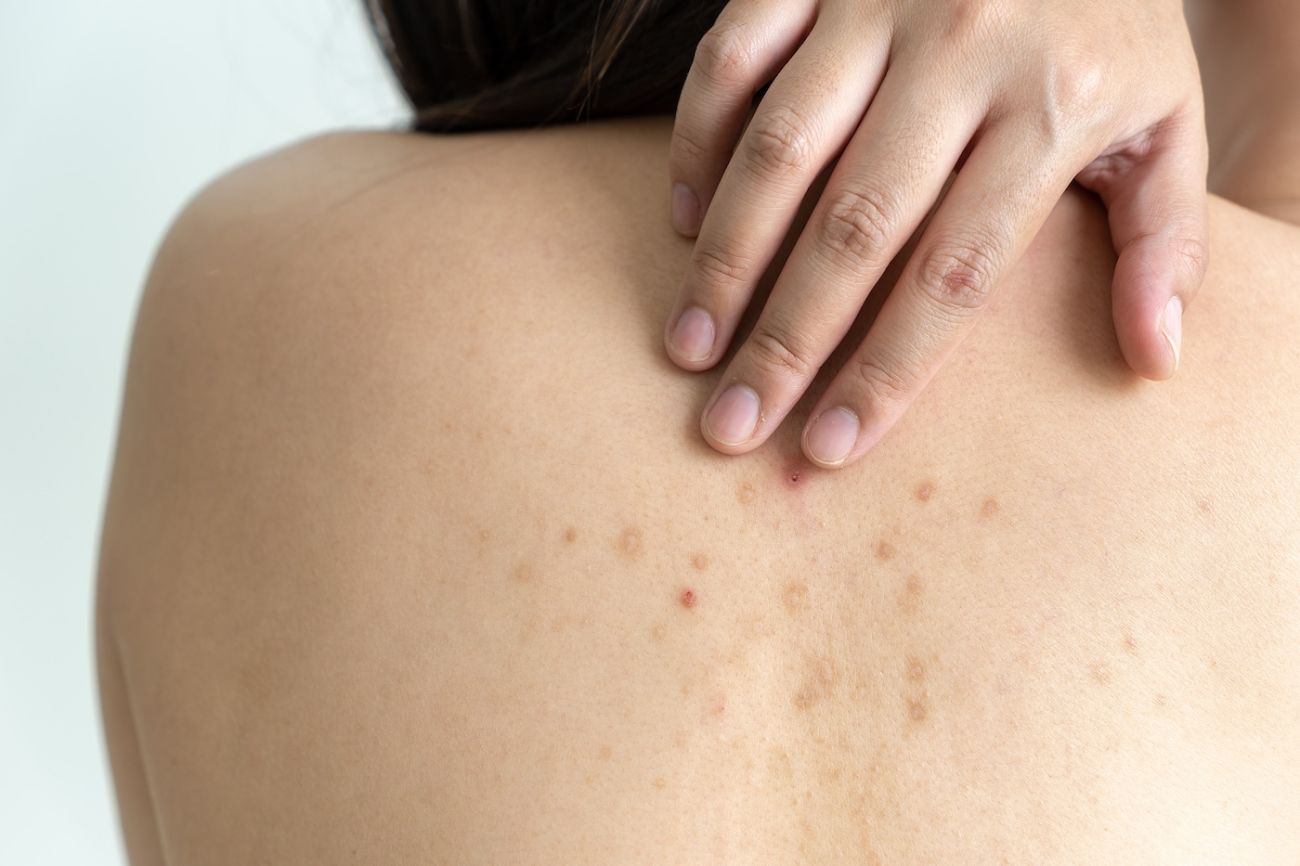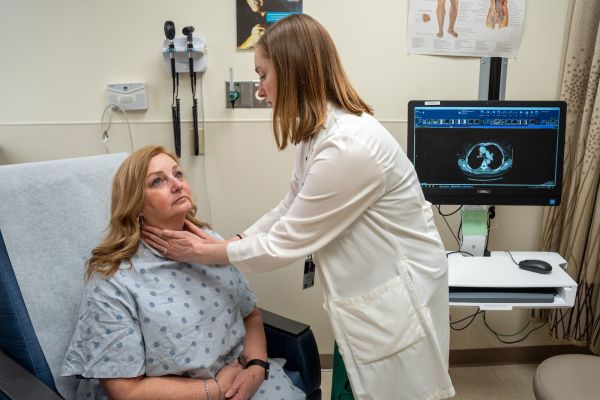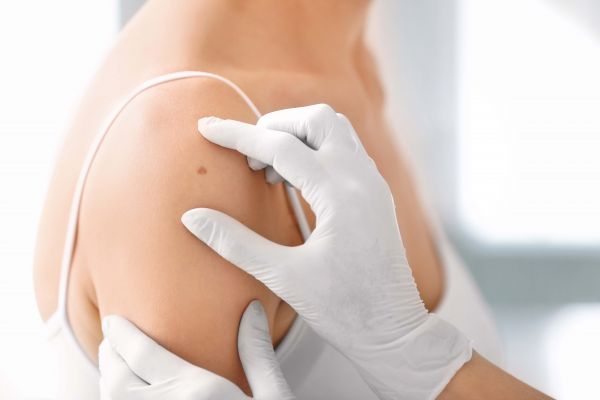Melanoma can begin in places other than your skin surface
Melanoma is the most dangerous type of skin cancer. It begins in the cells that produce melanin (called melanocytes) and control your skin pigment. Robert Nestor “Bob” Marley, the famous Jamaican pioneer of reggae music, died in 1981, at the age of 36, from a melanoma that began four years earlier under his big toenail and metastasized. (The first doctor Marley consulted told him the lesion resulted from a soccer injury.)
“Although most people think all melanomas start in moles, in reality, less than a third of all melanomas begin in an existing mole, and most of these cancers start in previously normal skin. However, as in the case of Bob Marley, melanoma can also begin in places other than the surface of the skin,” says Gyorgy Paragh, MD, PhD, Chair of the Department of Dermatology at Roswell Park Comprehensive Cancer Center.
Moles are a common type of skin growth caused by aberrant clusters of melanocytes. Most people have 10 to 45 moles that appear during childhood and adolescence and may change in appearance or fade over time. However, most are harmless, especially if they are small, and usually don’t become cancerous. Many people know how to recognize a mole that may signal cancerous growth, but an abnormal mole is not the only symptom to be aware of when it comes to melanoma.
Melanoma can occur in the mouth, eyes and under the nails
“Melanoma can begin as a dark spot deep in the invisible areas of the inner eye or as a dark spot inside your mouth or even in the groin or perianal regions,” Dr. Paragh explains. “Some rare melanomas lack pigment and look like light pink or light tan bumps or flat marks on the skin, and some rare tumors can even look like scars. In rare cases, melanomas can even start as a deep bump under the skin.”
Other melanoma symptoms may include:
- A spot or stain on the skin, rather than a raised mole, with an uneven border and color.
- A dark spot in an odd location such as the iris of the eye or inside the mouth
- A dark line or bruise on the palms or soles under a fingernail or toenail
Melanoma is a relatively common skin cancer. Approximately 200,000 melanomas are diagnosed annually in the U.S., but fortunately, only half are invasive melanomas with the potential to spread to other organs.
“While melanoma tumors the size of a grain of rice may have the ability to spread to the liver, brain, lung or soft tissue throughout the body, melanomas are much less likely to cause body-wide, life-threatening disease when caught early. Therefore, early diagnosis is critical. Awareness of new skin lesions with changes in the size, shape, color, borders, texture, or other melanoma symptoms unrelated to a changing long-standing mole is critical for early detection and better treatment outcomes,” advises Dr. Paragh.
Getting a second opinion
It’s the best way to ensure that your initial diagnosis is accurate and that the recommended treatment strategy is right for you.
Protect all your skin — and your eyes!
Although early melanoma detection is crucial, prevention is the first line of defense as with any form of cancer. Avoiding sunburns and sun damage and avoiding artificial tanning with tanning lights and tanning booths are two critical first steps. It is best to use sun-protective clothing, avoid the peak UV index hours and use sunscreen diligently to prevent sun damage. Wearing sunglasses is also advised since an ocular melanoma (in the eye) can be hard to detect early.
“If you are more prone to skin cancer, give a personal or family history and keep regular appointments for skin checks with your primary care doctor or dermatologist for early diagnosis,” Dr. Paragh says. “You may also want to discuss your increased risk with your dentist and ophthalmologist.”
If your healthcare provider suspects melanoma, you will be referred to a dermatologist to evaluate the lesion and consider a biopsy. If the biopsy proves that the lesion is melanoma, depending on the features of the tumor, other tests may also be recommended to help find the treatment that will work best against your melanoma.
Why Roswell Park for melanoma?
Roswell Park’s multidisciplinary team of dermatologists, pathologists, surgeons and oncology specialists discuss individual details of each case and work with you to provide a treatment that will work best for you. “We also offer a number of clinical trials, some of which are offered only at comprehensive cancer centers like Roswell Park,” Dr. Paragh says.




